Introduction Health Food Product
Health-conscious consumers have become more and more significant in the world. They are actively seeking options for organic, nutritious, and wholesome options. The role of store owners in providing a carefully curated health food product mix has never been more pivotal. As the demand for healthier food choices continues to grow, so does the responsibility of store owners to ensure that their shelves are stocked with products that cater to these evolving tastes and preferences.
In this article, we will examine how to choose the right product mix for your store or e-commerce business. Understanding how to navigate the dynamic landscape of health-conscious consumers is essential to not only meet their expectations but also boost your business goal.
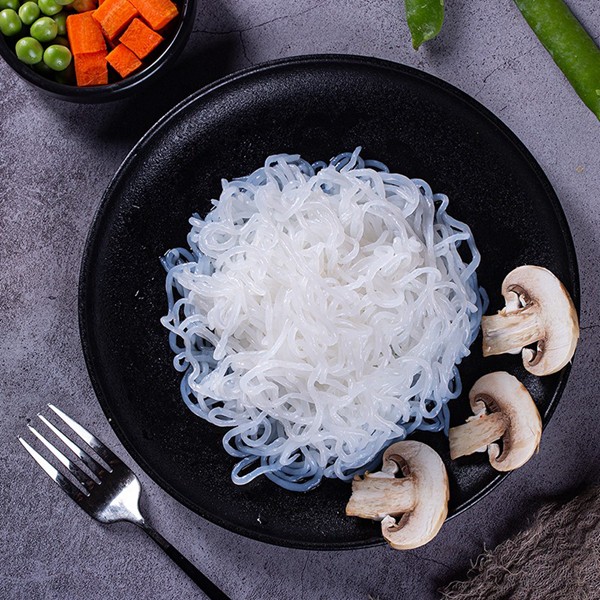
Understanding Your Target Market
Before we start to select healthy food products for your store, it’s crucial to gain a deep understanding of your target market. In the health foods section, one size does not fit all. The preferences and dietary requirements of your customers can vary greatly, and tailoring your product mix to meet their specific needs is a key step in achieving success. The health-conscious is different from market to market. For example, developed countries generally pay more attention to health than developing countries, and so do high-income regions compared to low-income regions.
Therefore, this is why market research is so important to start with. This involves collecting data on your customer demographics, understanding their dietary preferences, and identifying the types of health foods they are most interested in. This information will serve as the foundation upon which you can build your product selection strategy.
One effective way to gather insights is by engaging with your customers directly. Encourage feedback and conduct surveys to learn more about their shopping habits, what products they seek, and any gaps in your current offerings. Additionally, you can utilize point-of-sale data and customer loyalty programs to gain valuable insights into purchasing patterns.
By taking the time to understand your target market, you’ll be better equipped to make informed decisions when it comes to selecting the health food products that will resonate most with your customers.

Identifying Health Food Product Trends
Staying on the cutting edge of health food trends is essential for store owners aiming to provide a product mix that appeals to health-conscious consumers. The landscape of health foods is constantly evolving, with new trends emerging regularly. To make informed choices, it’s crucial to keep a finger on the pulse of these developments.
Start by researching and identifying the latest health food trends in the market. Trends might include the rise of plant-based foods, organic and sustainable products, superfoods, and specific dietary trends such as keto, paleo, or gluten-free. Subscribing to industry publications, attending trade shows, and monitoring social media platforms can be excellent sources of trend information.
Furthermore, consider engaging with your suppliers and distributors. They often have insights into emerging trends and can help you source trending products for your store. Collaborating with suppliers who are dedicated to innovation can give your store an edge in offering new and exciting health food options.
If you do not have a lot of budget, you can simply search social media and Google Trends. For example, cloud bread was one of the trendiest foods in 2020. It is not a new innovation. It has been on the market for years. However, it became popular on Instagram and TikTok in a blink. Some bakeries and cafes have made a fortune simply because of that. However, you should notice that these trends go off very quickly, you need to pay attention to trends or you might lose the opportunities.
Remember that trends can vary by region and consumer demographics, so be sure to align your product selections with the preferences of your target market, as discussed in the previous section. By incorporating trending health food products that resonate with your customers, you’ll position your store as a destination for the latest and greatest in the health food industry.

Setting Clear Goals
Selecting healthy food products for your store should not be a haphazard process. To ensure that your choices are aligned with your business objectives, it’s essential to set clear and measurable goals.
Begin by defining your business goals related to health food products. These goals might include increasing sales and revenue in the health food category, expanding your customer base, promoting locally sourced products, or catering to specific dietary needs like vegan or gluten-free.
Each goal should be specific, measurable, achievable, relevant, and time-bound (SMART). For instance, if your goal is to increase sales in the health food category, you could set a target of a 15% revenue increase within the next six months. This clear goal provides direction and allows you to track progress effectively.
Once you’ve established your goals, use them as a compass to guide your product selection process. Evaluate potential products based on their alignment with your objectives. Products that contribute to the achievement of your goals should be given priority in your health food product mix.
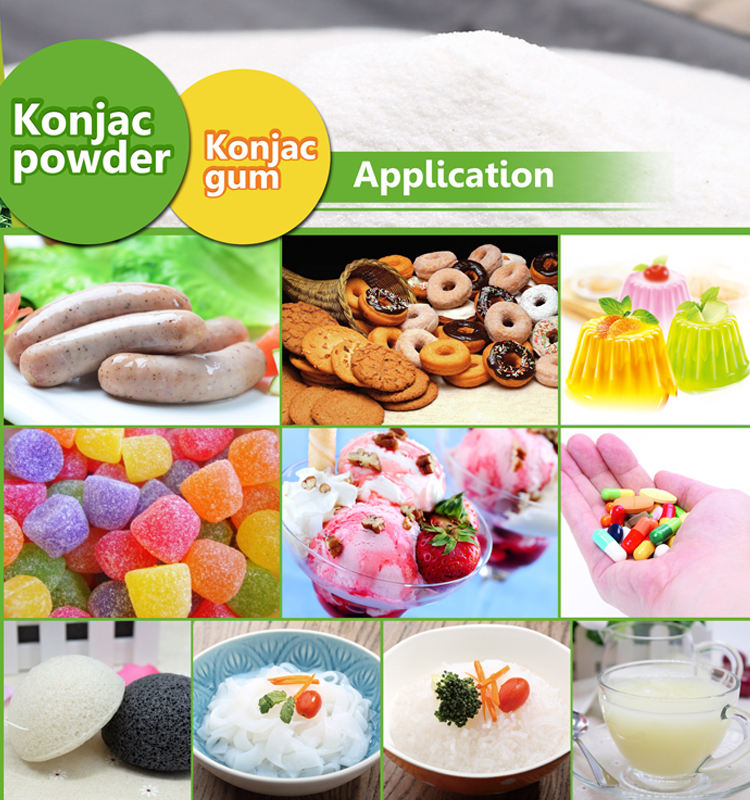
Diversifying Your Health Food Product Mix
Diversity is key when it comes to selecting healthy food products for your store. Offering a broad range of products allows you to cater to different tastes, dietary preferences, and trends while attracting a wider customer base. To achieve this, consider these strategies:
-
- Category Variety: Divide your health food products into categories such as organic, gluten-free, vegan, non-GMO, and more. Ensure you have options in each category to meet the diverse needs of your customers.
-
- Staple vs Trendy Products: Balance your product mix by including staple items that customers rely on regularly, such as whole grains and nuts, alongside trendy or seasonal items like new superfoods or health-focused beverages. This combination keeps your selection fresh and appealing.
-
- Local and Global: Incorporate a mix of locally sourced products and international imports. Local items resonate with customers looking to support their community, while exotic imports can add excitement and variety to your shelves.
-
- Incorporate Convenience: Consider ready-to-eat or convenience health food products for customers seeking quick, nutritious options. Items like pre-cut vegetables, healthy snacks, and prepared meals can be highly appealing.

Evaluating Health Food Product Quality
Ensuring the quality of healthy food products is paramount to your store’s reputation and customer satisfaction. Here’s how to evaluate product quality effectively:
-
- Ingredient Sourcing: Investigate the sources of ingredients used in health food products. Look for products with transparent sourcing practices and those that prioritize quality, freshness, and sustainability.
-
- Certifications: Pay attention to certifications such as organic, non-GMO, Fair Trade, and others that align with your store’s values and your customers’ expectations. These certifications provide reassurance about product quality.
-
- Product Testing: Consider conducting taste tests or internal quality assessments before introducing new products. This allows you to gauge the taste, texture, and overall appeal of the products.
-
- Supplier Relationships: Build strong relationships with reputable suppliers who share your commitment to quality. Regular communication with suppliers can help you stay informed about product recalls or issues, ensuring that you only stock safe and reliable products.
-
- Customer Feedback: Encourage customers to provide feedback on the health food products they purchase. This feedback can help you identify quality concerns or areas for improvement.
By diversifying your product mix and maintaining strict quality standards, you’ll not only meet the diverse needs of your customer base but also build trust and loyalty among health-conscious shoppers. In the following sections, we will explore how to consider dietary restrictions and address sustainability and ethical considerations as additional factors in your health food product selection process.
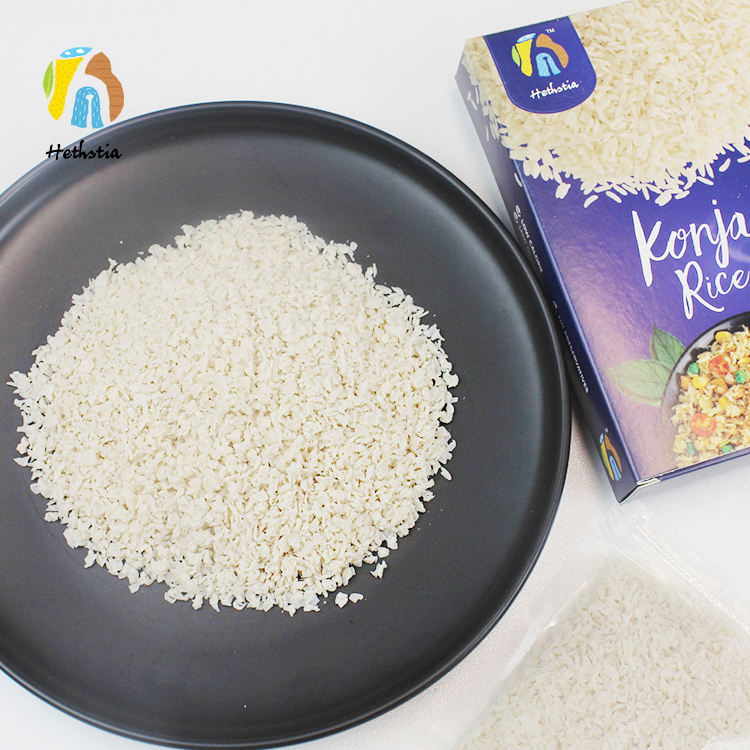
Considering Dietary Restrictions
In today’s diverse food landscape, it’s crucial to cater to customers with various dietary restrictions and preferences. Understanding and accommodating these restrictions can significantly enhance your store’s appeal. Here’s how to do it effectively:
-
- Allergies and Intolerances: Be proactive in identifying products that are free from common allergens like gluten, dairy, nuts, and soy. Clearly label such products to make it easy for customers with allergies or intolerances to find suitable options.
-
- Vegan and Vegetarian Choices: Provide a wide array of vegan and vegetarian products, including meat alternatives, plant-based dairy, and meatless protein sources. These options cater to the growing number of individuals adopting plant-based diets.
-
- Special Diets: Consider products that cater to specific diets like keto, paleo, low-carb, or low-sugar. Offering a selection of products aligned with these dietary trends can attract customers seeking to adhere to their chosen eating plans.
-
- Ethnic and Cultural Varieties: Stock products that align with different cultural and ethnic cuisines. This approach allows you to appeal to a diverse customer base with unique dietary preferences and tastes.
-
- Dietary Supplements: Include a range of dietary supplements such as vitamins, minerals, and herbal products. These supplements can address the specific nutritional needs and preferences of your customers.
-
- Education and Guidance: Educate your staff about various dietary restrictions and the products available to meet those needs. The knowledgeable staff can provide guidance to customers seeking suitable options.
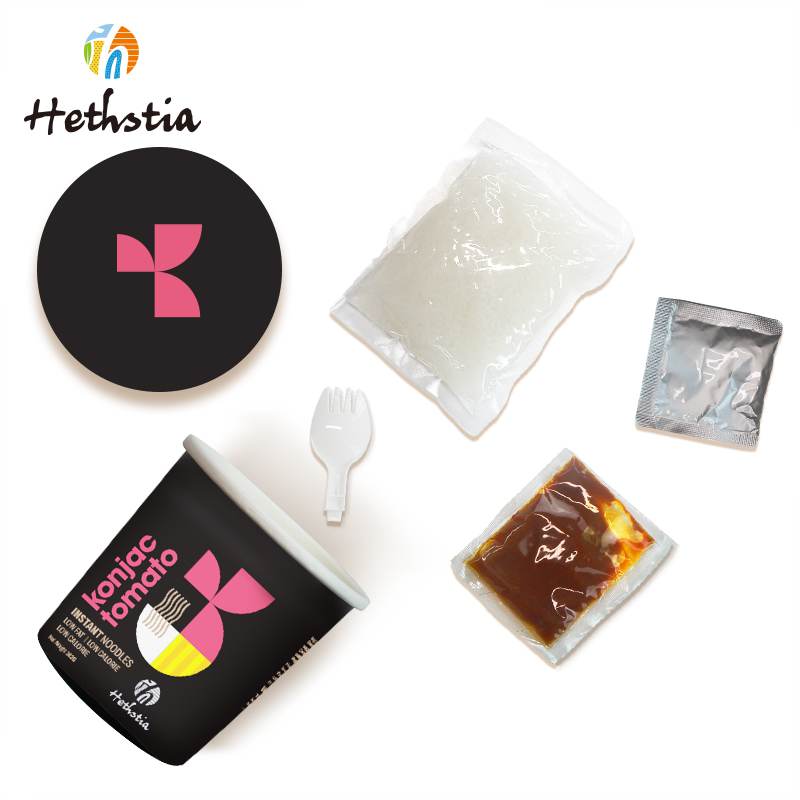
Sustainability and Ethical Considerations
Today’s health-conscious consumers are not only concerned about their own well-being but also the well-being of the planet and the ethical treatment of workers. Incorporating sustainability and ethical considerations into your health food product mix can set your store apart. Here’s how to do it:
-
- Sustainable Sourcing: Prioritize products that are sustainably sourced, minimizing environmental impact. Look for items with eco-friendly packaging and certifications such as Fair Trade, Rainforest Alliance, or USDA Organic.
-
- Local and Seasonal Products: Support local farmers and reduce your store’s carbon footprint by featuring local and seasonal health food products. Promote these products to emphasize your commitment to sustainability.
-
- Reducing Food Waste: Implement strategies to minimize food waste in your store. Offer discounts on products approaching their expiration date or consider food donation programs to contribute to your community.
-
- Ethical Supply Chain: Choose suppliers who adhere to ethical supply chain practices, ensuring fair wages and safe working conditions for workers involved in producing the products you sell.
-
- Customer Education: Inform your customers about the sustainable and ethical attributes of the products you carry. Share stories and information that demonstrate your commitment to responsible sourcing and ethical business practices.
By considering dietary restrictions and embracing sustainability and ethical practices, you not only attract socially conscious consumers but also contribute to a healthier planet and a more ethical food industry. These considerations, when integrated into your product mix, can strengthen your store’s reputation and customer loyalty. In the subsequent sections, we will explore pricing and profitability, marketing and merchandising strategies, and how to monitor and adjust your health food product offerings to optimize your business.
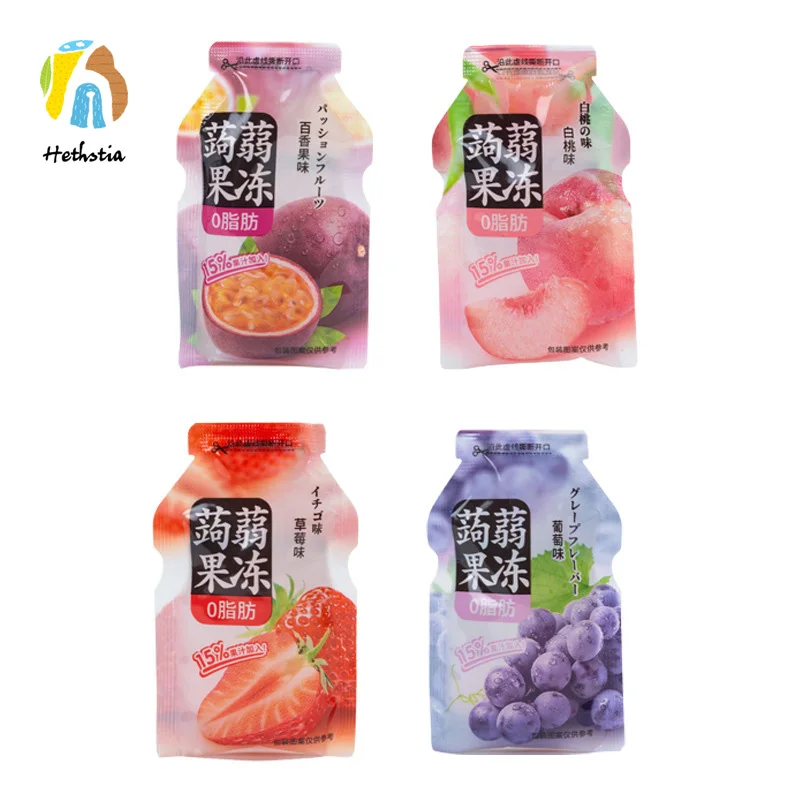
Pricing and Profitability
While offering a diverse and high-quality health food product mix is essential, it’s equally important to manage pricing and profitability effectively. Here’s how to strike a balance between competitive pricing and profitability:
-
- Competitive Pricing: Research competitors in your area and online to ensure your health food products are competitively priced. Keep an eye on promotions and discounts offered by competitors to remain competitive.
-
- Cost Analysis: Regularly analyze the costs associated with each health food product. This includes the cost of goods, shipping, storage, and any marketing expenses. Understanding your cost structure is essential for setting profitable prices.
-
- Profit Margins: Calculate the profit margins for each product category within your health food mix. Focus on maximizing profitability in high-margin categories while using lower-margin items as customer attractors.
-
- Bundling and Promotions: Consider bundling complementary health food products or offering promotions on items that have higher profit margins. This can incentivize customers to purchase more, increasing overall profitability.
-
- Private Labeling: Explore opportunities for private labeling or creating store-branded health food products. This can provide better control over pricing and potentially improve profit margins.
-
- Inventory Management: Implement effective inventory management practices to reduce carrying costs and prevent overstocking or stockouts. This helps optimize profitability by minimizing waste.
Marketing and Merchandising
Effective marketing and merchandising strategies can significantly impact the success of your health food product mix. Here are strategies to consider:
-
- In-Store Displays: Create eye-catching displays for health food products, emphasizing their benefits and features. Use signage, product placement, and visual merchandising to guide customers and encourage purchases.
-
- Cross-Promotions: Identify complementary health food products and cross-promote them. For example, if you sell gluten-free pasta, promote gluten-free sauces and condiments nearby.
-
- Sampling and Demos: Offer product samples and demonstrations in-store to allow customers to taste and experience new healthy food items. This can increase interest and drive sales.
-
- Online Presence: Utilize your store’s website and social media platforms to promote healthy food products. Share informative content, customer testimonials, and recipes that feature your products.
-
- Customer Education: Train your staff to be knowledgeable about healthy food products and dietary trends. Staff should be able to answer customer questions and provide product recommendations.
-
- Customer Loyalty Programs: Implement loyalty programs that reward repeat health food product purchases. This can encourage customer retention and increase sales over time.
-
- Seasonal Marketing: Plan seasonal marketing campaigns that align with health-conscious resolutions, holidays, or specific dietary needs. Tailor promotions and products accordingly.
Effective marketing and merchandising strategies can help drive customer engagement and boost sales of health food products. Continuously assess the performance of your marketing efforts and adjust your strategies based on customer feedback and sales data. In the following sections, we will explore how to monitor and adjust your product mix and conclude with key takeaways.

Monitoring and Adjusting Your Product Mix
Monitoring the performance of your health food product mix is an ongoing process that allows you to make informed adjustments and improvements. Here’s how to effectively monitor and adapt your product selection:
-
- Key Performance Indicators (KPIs): Establish KPIs to measure the success of your health food product mix. Common KPIs include sales performance, inventory turnover, customer feedback, and profit margins. Regularly track and analyze these metrics to identify trends and areas for improvement.
-
- Customer Feedback: Encourage customers to provide feedback on the health food products they purchase. Consider using surveys, reviews, or in-store feedback forms to gather valuable insights. Pay attention to both positive and negative feedback to make informed decisions.
-
- Seasonal Adjustments: Adjust your product mix seasonally to cater to changing customer preferences and dietary needs. For example, offer fresh produce in summer and focus on immune-boosting products during flu season.
-
- Supplier Relationships: Maintain open communication with your suppliers. Regularly discuss product performance and customer feedback with them. Suppliers can provide insights and potentially introduce new products that align with market trends.
-
- Inventory Management Software: Utilize inventory management software to track product sales, inventory levels, and reorder points. This technology can help you make data-driven decisions about restocking, discontinuing, or expanding product lines.
-
- Competitor Analysis: Continuously monitor your competitors and their health food offerings. Identify gaps in their product mix or areas where you can differentiate yourself. Stay informed about their pricing strategies and promotional activities.
-
- Adapt to Customer Preferences: Be flexible and willing to adapt your product mix based on evolving customer preferences and industry trends. If certain products consistently perform well, consider expanding those categories.

Conclusion
Selecting the right health food product mix for your store is a dynamic process that requires ongoing attention, research, and strategic thinking. By understanding your target market, staying attuned to health food trends, setting clear goals, diversifying your product mix, evaluating product quality, considering dietary restrictions, and addressing sustainability and ethical concerns, you can create a winning formula that resonates with health-conscious consumers.
Remember that your store’s success hinges on your ability to adapt to changing market conditions and customer preferences. Continuously monitor your product mix, gather customer feedback, and make data-driven adjustments to ensure that your health food offerings remain relevant and appealing.
In conclusion, a well-curated health food product mix not only meets the demands of today’s health-conscious consumers but also positions your store as a trusted destination for wholesome and sustainable food choices. As you navigate the ever-evolving landscape of health foods, keep your customers at the forefront of your decision-making process, and your store will thrive in this burgeoning market.






